Engaging young children in sensory activities is not just about the fun factor—it’s a vital part of their development.
Through touch, taste, sight, sound, and smell, preschoolers learn to understand their environment and their place within it.
As an educator, I have seen firsthand the joy and curiosity these activities inspire.
From squishing playdough to sorting colored beads, each experience is an opportunity for children to explore and make sense of the world around them.
In my classroom, I incorporate a range of sensory activities that promote learning and development.
These activities are specifically designed not only to entertain but also to build cognitive skills, fine motor development, and even social interaction.
Simple games like matching scents or sounds, for instance, sharpen memory and recognition, while digging in a sandbox or water table can improve physical coordination and spatial awareness.
The beauty of sensory activities lies in their flexibility—each can be adapted to suit different ages, abilities, and interests.
Reader's Roadmap
Key Takeaways
- Sensory activities are an essential part of preschool development.
- These activities bolster cognitive, motor, and social skills.
- They can be tailored to individual children’s needs and preferences.
Find The Bears Oatmeal Sensory Bin
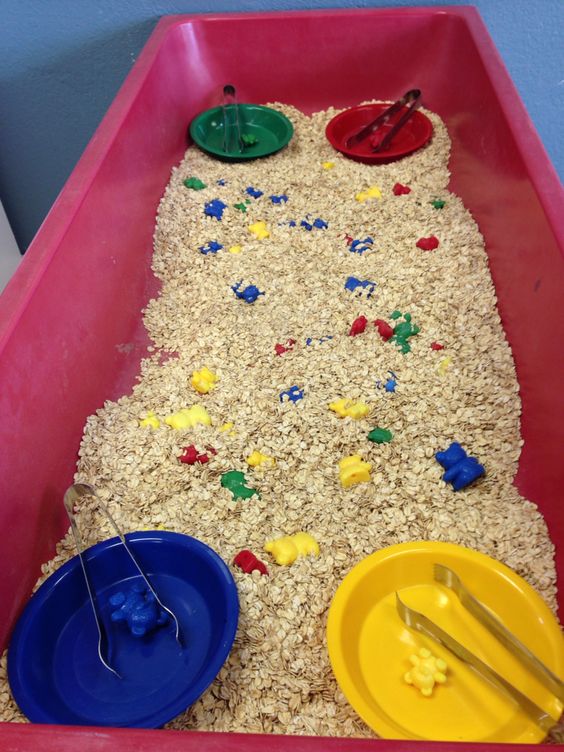
Playdough Cooking Sensory Play
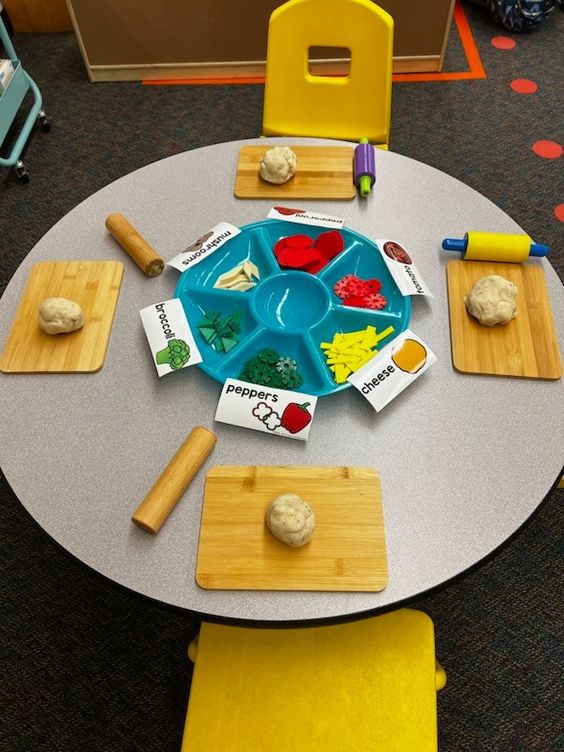
Sensory Play with Funnels, Tubes, and Colored Beans
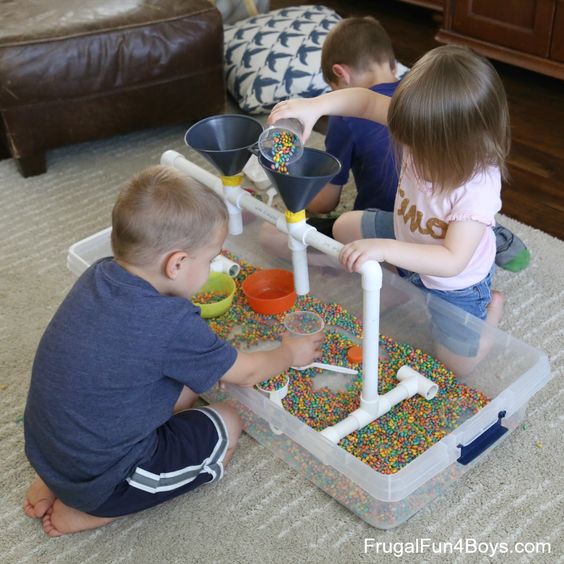
Sorting And Threading Beads And Buttons

Sand Tray Sensory Activity
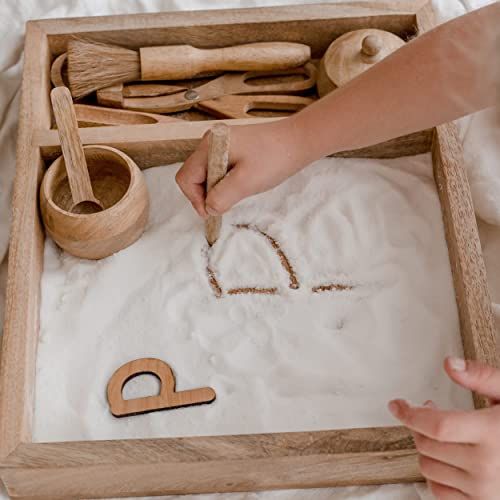
Water Bead Seaside Sensory Tub
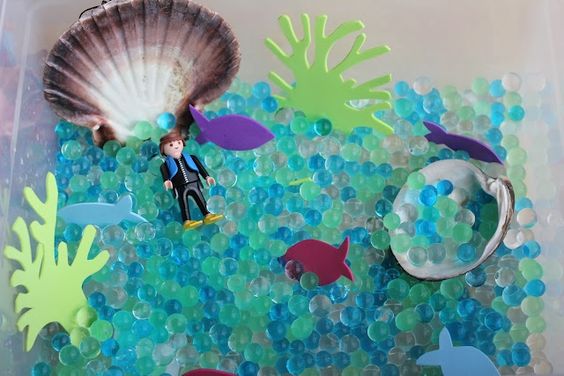
Nature Exploration Sensory Bin
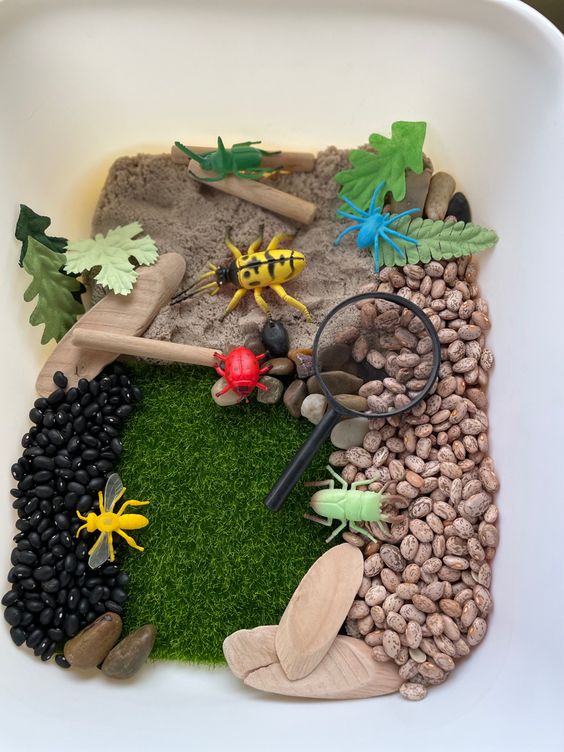
Corn Kernel Sensory Farm
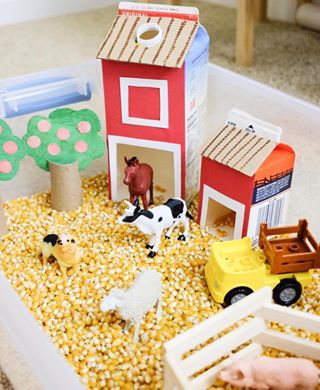
Counting With Beads
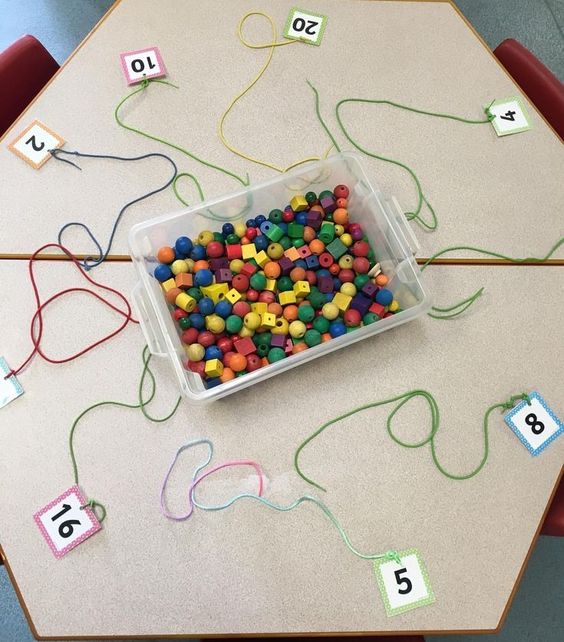
Color Sorting Sensory Activity With Chickpea
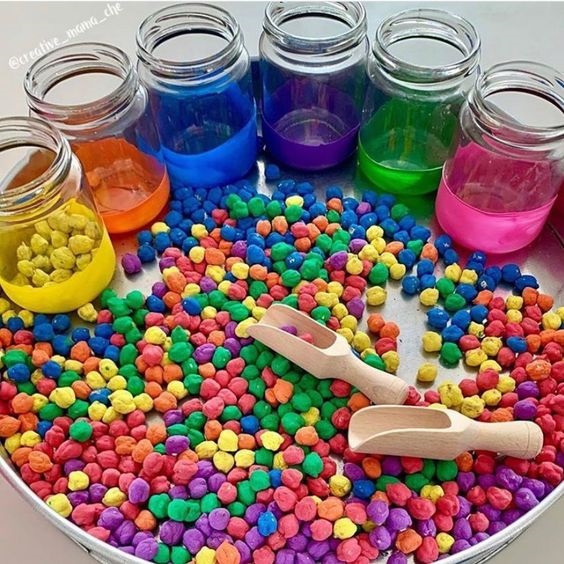
Penguin Sensory Bin
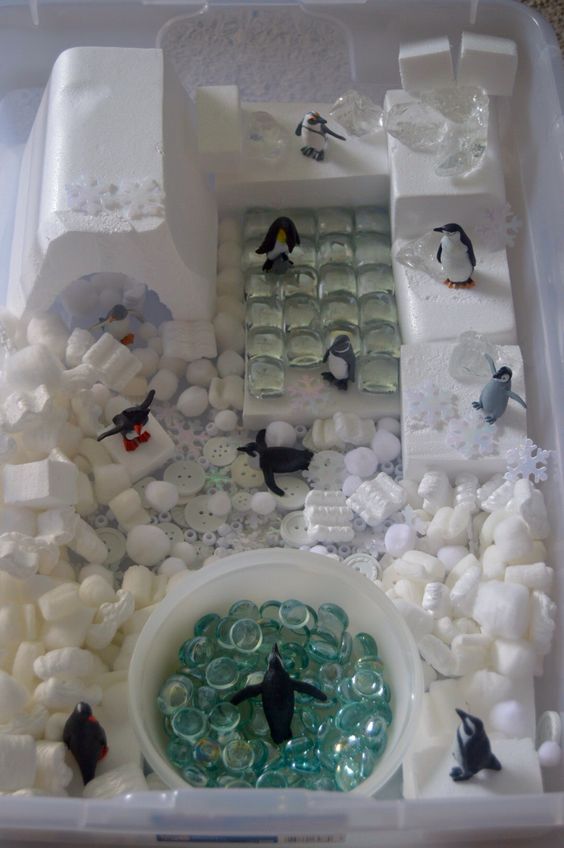
Mermaid Water & Sand Play Tray
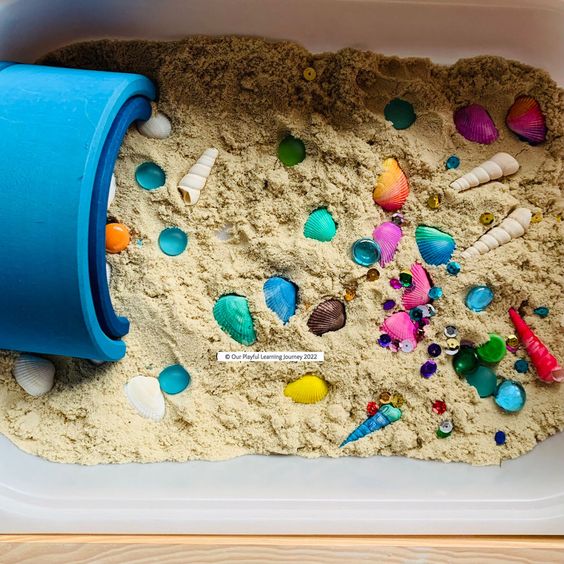
Car Wash Sensory Bin
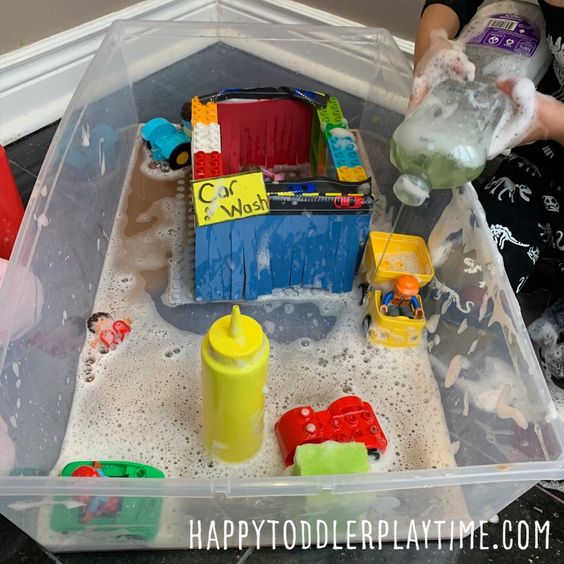
Colorful Pasta Construction Site Sensory Bin
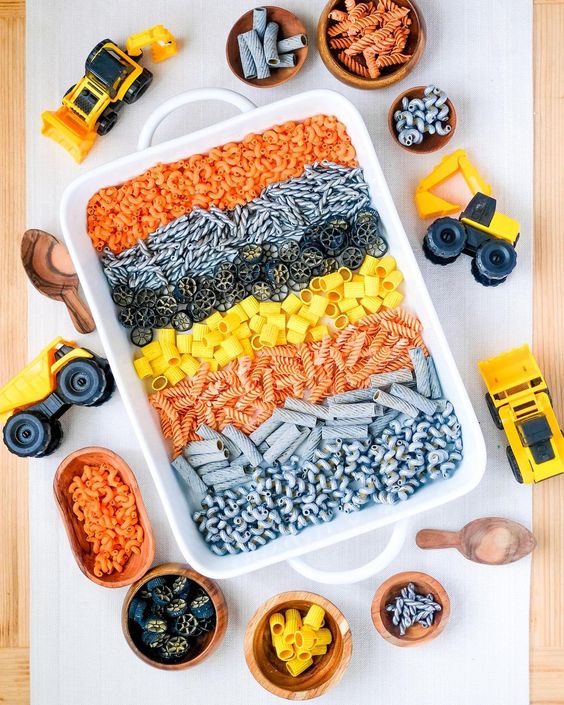
Pom Pom Sorting Sensory Bin
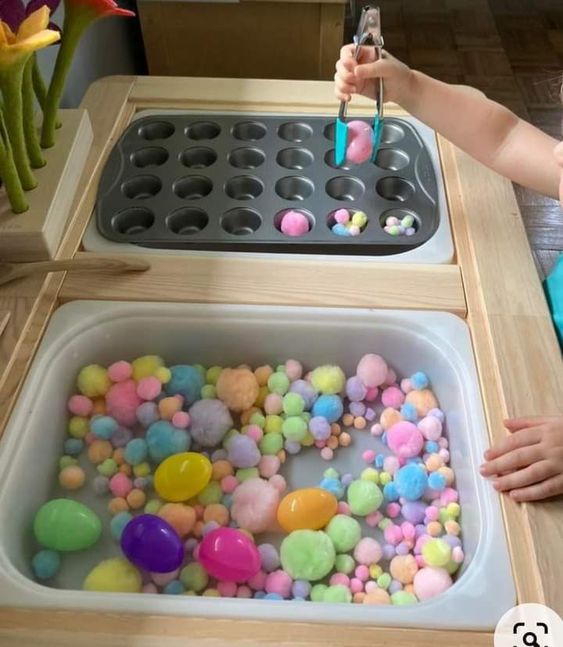
Sink or Float Sensory Bottle
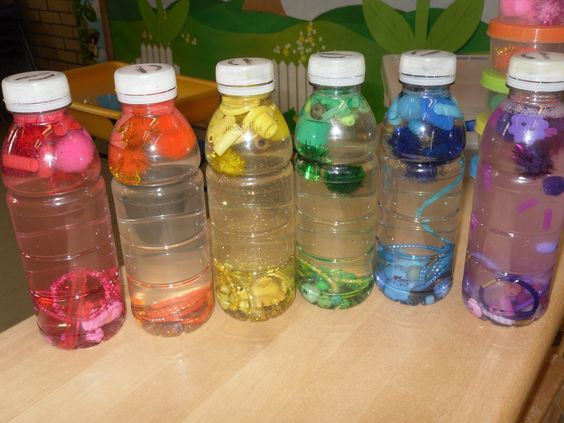
Rainbow Color Mixing Fizzy
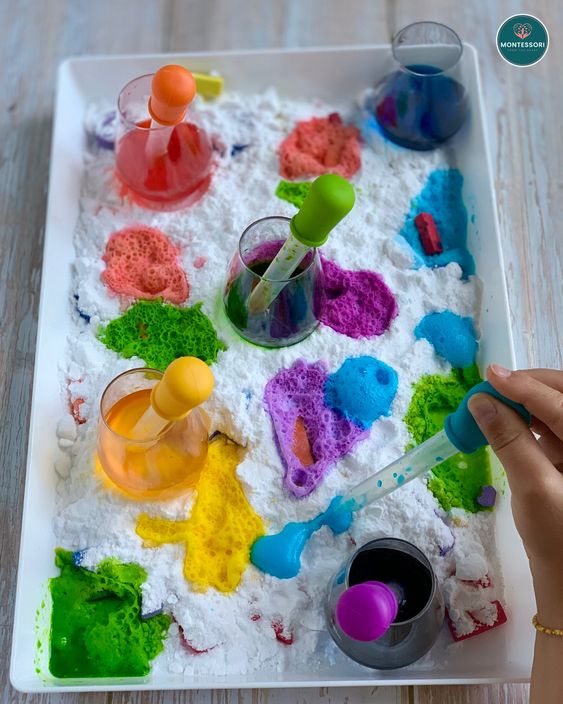
Colored Rice Fall Sensory Bin
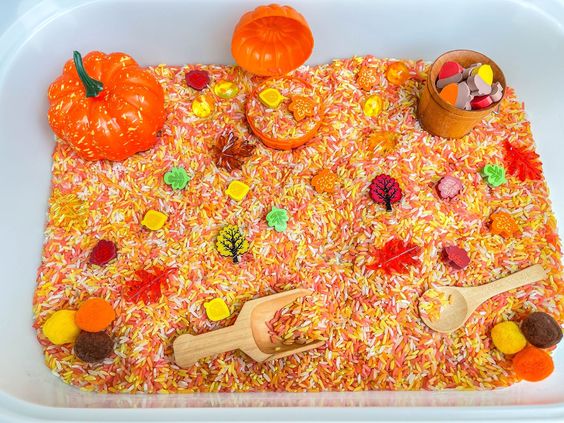
Butterfly Playdough Tray
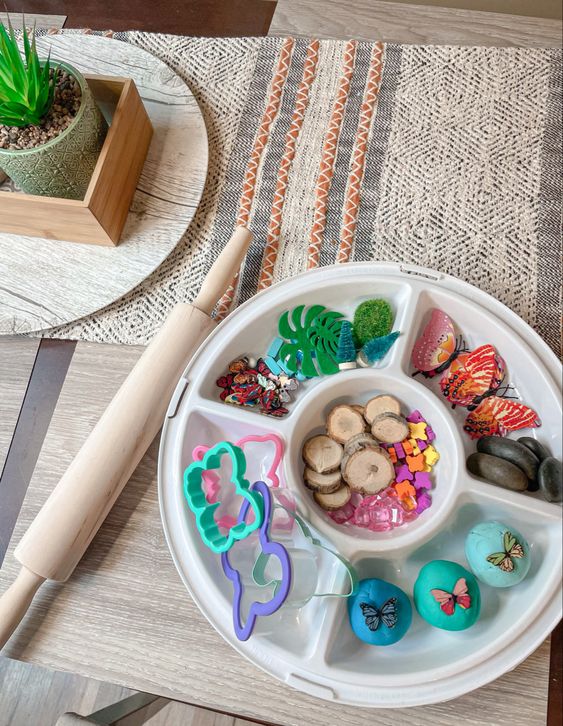
Color Sorting With Beads
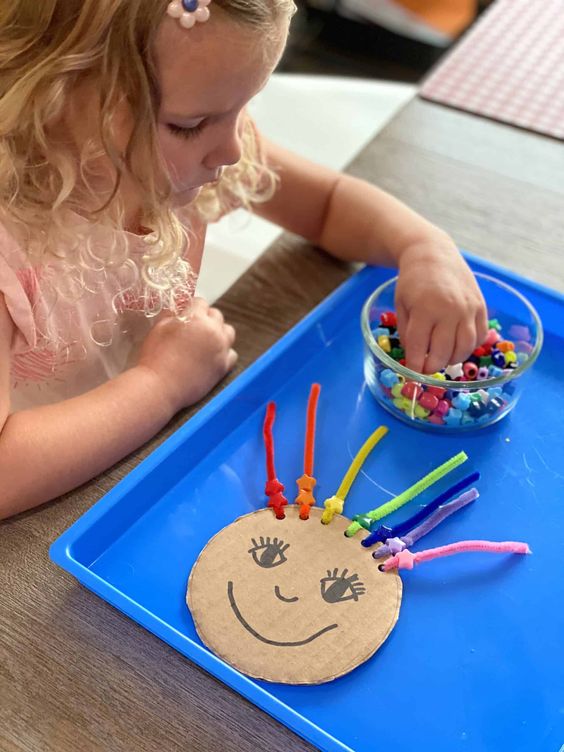
Sensory Bottle Ideas
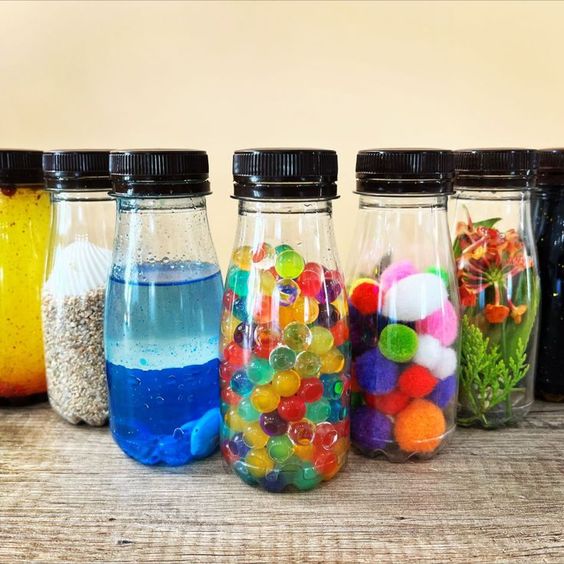
Exploring Sensory Activities
I’ve found that engaging preschoolers with sensory activities is not just fun, it’s a key part of their development. It helps them explore their world and enhances their learning through hands-on experiences.
The Importance of Sensory Play
Sensory play is a critical component of early childhood development.
I always remind parents and educators that it’s through these activities that kids learn vital skills.
They can improve their sense of touch, smell, hearing, and sight by interacting with different textures and materials.
Sensory play also promotes problem-solving and cognitive growth, making it an essential aspect of preschool education.
Sensory Bins and Tables
Sensory bins and tables can be a goldmine of exploration for little ones.
I’ve seen firsthand how even a simple container filled with rice or beans can spark hours of imaginative play.
To create a sensory bin, select a variety of materials that stimulate different senses.
For instance, rice, pasta, or sand provide a great base, while small toys, shells, or magnets add layers of texture and interest.
Sensory tables provide a larger space for cooperative play and can feature themes—think ocean world or jungle safari.
Creative Sensory Materials
The magic of sensory play lies in its simplicity and the endless possibilities for creativity.
I love making sensory bottles for kids; they’re captivated by the visual spectacle of glitter and colored water swirling around.
Objects with distinctive and varied textures, like silk scarves, sponges, or velvet, are great for touch-based sensory activities.
Even everyday items from the kitchen, such as flour or oatmeal, can become part of a calming and educational sensory experience.
Every material and texture I introduce offers a world of sensory exploration and I’m always amazed by the imaginative ways preschoolers interact with them. It’s a joy to watch and an even greater joy to be part of their discovery journey.
Incorporating Learning and Development
Engaging preschoolers in sensory activities isn’t just about keeping them busy; it’s a critical component of their learning and development.
It’s amazing to see how these experiences can have a profound impact on their growth.
Developing Fine Motor Skills
I’ve found that simple tasks like stacking beads on a string can make a world of difference in strengthening little fingers and hands.
Sand and rice bins, where kids can scoop, pour, and dig, are excellent for fine-tuning motor skills.
Here’s a quick look at how these activities help:
- Bead Threading: Improves grip and hand-eye coordination.
- Playdough Play: Enhances dexterity through rolling, squishing, and molding.
Language and Sensory Integration
Linking sensory play with language growth can be magical.
When young kids engage in water play or feel different textures, like sand, they’re not just having fun—they’re learning new words and ways to express themselves.
Here’s what I’ve observed:
- Water Play: Introduces concepts like “full,” “empty,” “float,” and “sink.”
- Sensory Bins: Encourages descriptive language as children explore various materials.
Cognitive Growth Through Sensory Experiences
Every time preschoolers engage with play materials, they’re embarking on a journey of problem-solving and understanding the world.
Counting pebbles or sorting beads by color and shape aren’t just games; they’re the building blocks of logical thinking.
This table sums up key cognitive benefits:
| Activity | Cognitive Skill Developed |
|---|---|
| Sorting Colors | Categorization |
| Counting Items | Numeracy |
| Pattern Making with Beads | Sequencing |
Each sensory activity is a small step towards a brighter future for these kids, weaving play and learning into the fabric of their development.
Now, isn’t that a beautiful thought?

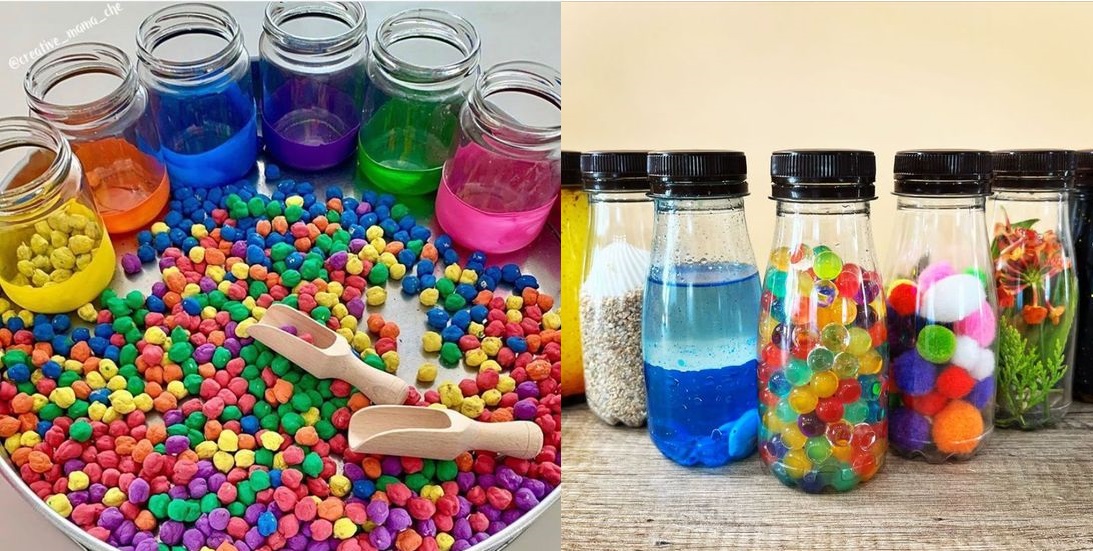
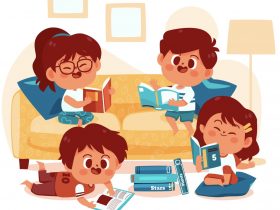
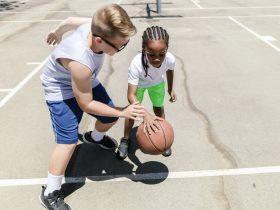
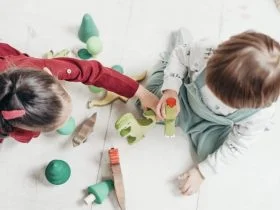
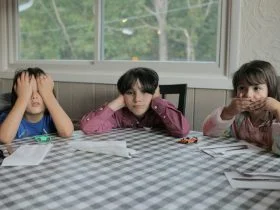
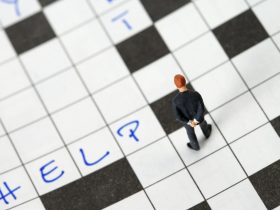
Leave a Reply
View Comments